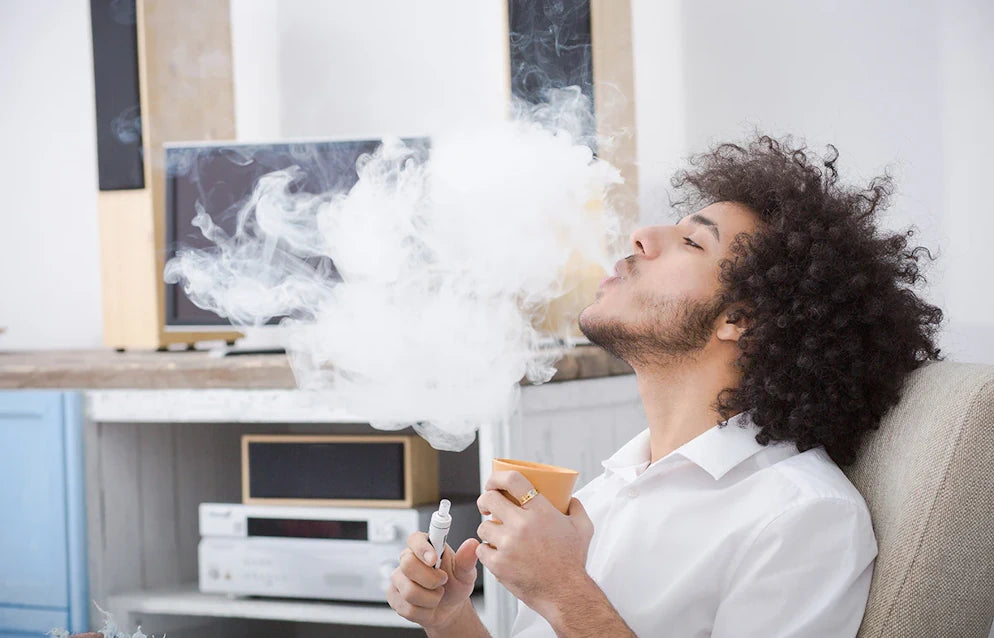Electronic cigarette smell is a common concern, and understanding its characteristics and how to manage it is essential.
Understanding the Smell
- Flavorings: The primary source of e-cigarette smell is the flavoring added to the e-liquid. These flavorings can range from sweet to savory and are often detectable even at low concentrations.
- Propylene Glycol (PG) and Vegetable Glycerin (VG): These are the base liquids in e-liquids. While generally odorless, when heated, they can produce a faint, sweetish vapor.
- Nicotine: Nicotine itself is generally odorless. However, some users may perceive a slight acrid smell, especially with higher nicotine concentrations.
Factors Influencing Smell Intensity
- Device Type: Different devices produce varying amounts of vapor, influencing the intensity of the smell. Sub-ohm devices, which produce more vapor, tend to create stronger smells.
- Airflow: Devices with greater airflow may dissipate the vapor and smell more quickly.
- Ventilation: Poorly ventilated areas will trap the vapor, leading to a more noticeable and lingering smell.
Managing E-Cigarette Smell
- Ventilation: Ensure good ventilation by opening windows or using air purifiers.
- Lower Vapor Production: Using devices with lower power settings or higher resistance coils can reduce vapor production and, consequently, the smell.
- Odor Neutralizers: Use odor-neutralizing sprays or gels specifically designed to eliminate vapor odors.
- Choose Less Pungent Flavors: Opt for flavors that are less intense or have a more subtle aroma.
- Proper Storage: Store e-liquids in airtight containers to prevent leakage of odors.
By understanding the factors that contribute to e-cigarette smell and implementing appropriate management techniques, the impact of the odor can be minimized.











